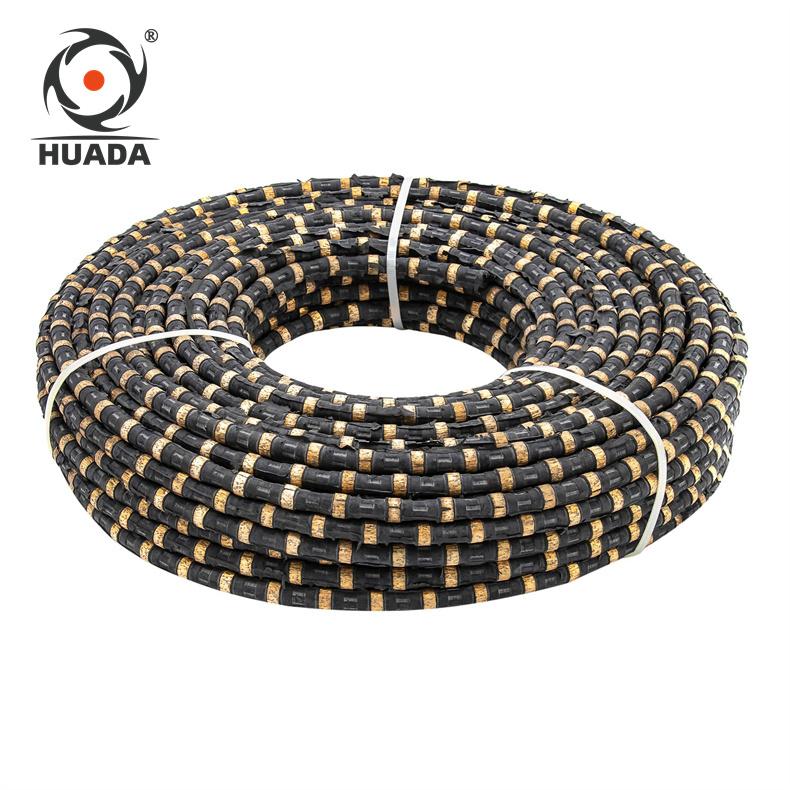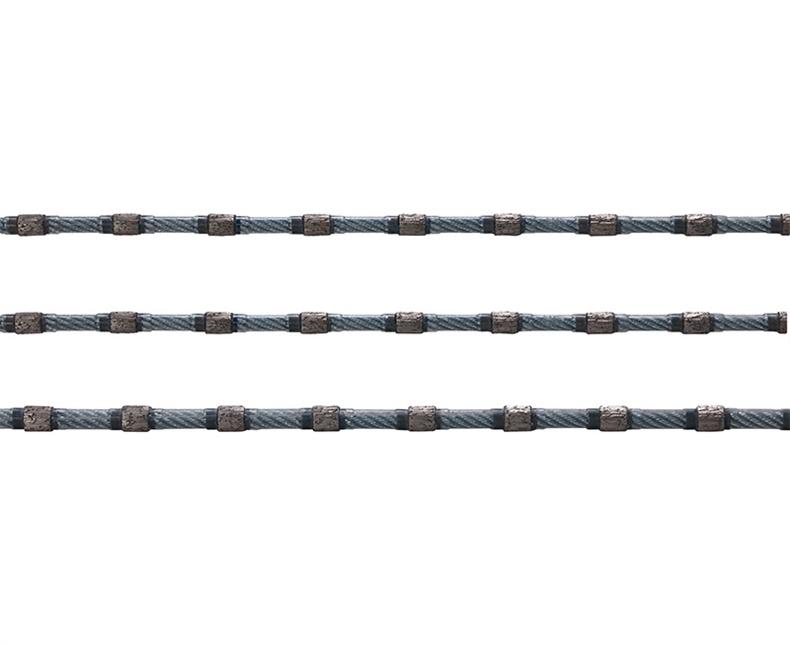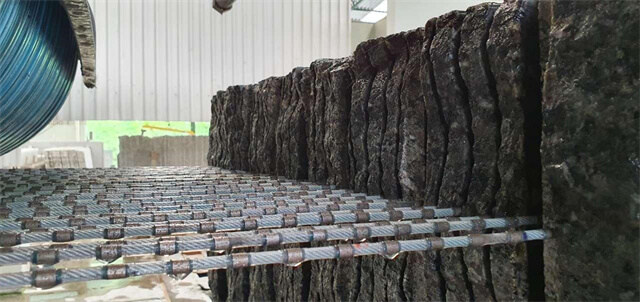Author:Huada Quarrying Machine FROM:Stone quarry machine manufacturer TIME:2024-11-18
Selecting the right grit for diamond wire is crucial in various applications, including cutting and grinding in construction, stone processing, and advanced manufacturing. The grit size determines the efficiency, speed, and quality of the cut or finish achieved. This article will delve into the factors influencing grit selection, the different grit sizes available, and how to choose the most suitable one for your specific needs.
Diamond wire saws utilize a wire embedded with diamond particles to cut through hard materials like concrete, stone, and metals. The grit size refers to the size of these diamond particles. Grit sizes are typically categorized as coarse, medium, and fine, each serving distinct purposes in cutting applications. Coarse grits remove material quickly but may leave a rough finish, while fine grits provide a smoother finish at a slower rate.

When selecting the appropriate grit for diamond wire, several factors must be considered to ensure optimal performance. These include the type of material being cut, the desired finish, the cutting speed required, and the specific application. Understanding these factors can help you make an informed decision that aligns with your project requirements.
The type of material being cut is one of the most significant determinants of grit selection. Harder materials, such as granite or reinforced concrete, often require coarser grits (e.g., 10-30) to facilitate quick cutting. Conversely, softer materials like marble may benefit from finer grits (e.g., 50-100) for a smoother finish. Knowing the hardness of the material helps in choosing the right grit to enhance cutting efficiency.
The finish quality desired for the final product is another critical factor. If a rough cut is acceptable, a coarser grit can be used to expedite the process. However, if a polished surface is needed, finer grits or a combination of grits should be employed. It is essential to balance cutting speed and finish quality according to project specifications.
The required cutting speed also affects grit selection. For projects needing rapid material removal, coarser grits are advantageous as they allow for quicker cuts. In contrast, if the focus is on precision and detail work, finer grits may be more appropriate despite their slower cutting speed. Assessing the timeline and urgency of the project will guide the choice of grit size.
Different applications may have unique requirements for grit selection. For instance, in the stone industry, the cutting of slabs might necessitate a different grit than when shaping intricate details. Similarly, in metal fabrication, the type of metal and its thickness can influence the optimal grit choice. Evaluating the specific needs of the task at hand is essential for making the right decision.
Understanding the common grit sizes and their typical uses can provide further clarity in making a selection. Generally, the following categories are observed:
Each grit size serves specific functions; therefore, it is essential to select based on the intended outcome.

Once a grit size has been selected, it is advisable to conduct tests on sample materials before proceeding with larger projects. This trial-and-error approach allows for adjustments based on real-world performance. If the initial grit does not yield satisfactory results, experimenting with different sizes can help achieve the desired outcome. Continuous monitoring during the cutting process can also indicate whether a change in grit is necessary.
In complex projects or when unsure about the right grit selection, consulting with industry experts or suppliers can provide valuable insights. These professionals can offer recommendations based on their experience and knowledge of the materials and tools available. Utilizing their expertise ensures that you make an informed choice, tailored to your specific needs.

Selecting the right grit for diamond wire is a multifaceted decision influenced by various factors, including material type, desired finish quality, cutting speed requirements, and specific applications. By understanding these aspects and testing different options, you can optimize your cutting processes and achieve high-quality results. Whether you are a seasoned professional or a newcomer to the field, taking the time to choose the appropriate grit will significantly enhance your efficiency and output.